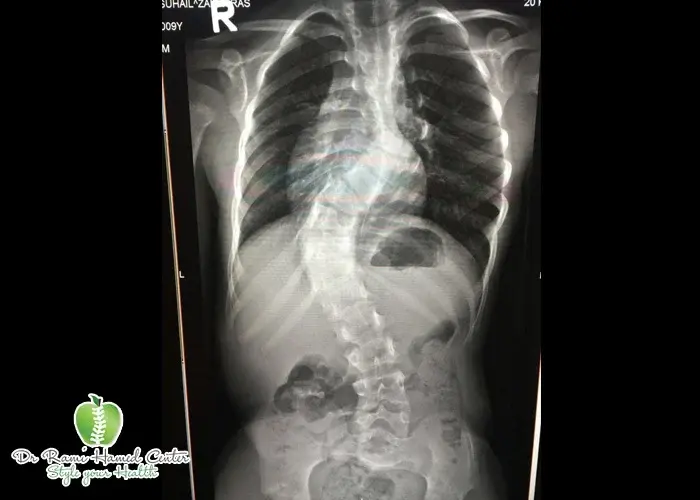Cervical Disc Prolapse at Neck Pain Clinic DRHC Dubai
Cervical disc prolapse has virtually the same etiology or causes as lumbar disc prolapse in terms of degeneration, occupational, and genetic factors. Trauma can also be a more pronounced factor in the cervical region. DRHC utilizes modern techniques in surgery for prolapse in the Dubai orthopedic clinic.
Cervical disc prolapse is more serious when compared to prolapse in the lumbar region due to the risk of spinal cord compression, which can be much more serious and irreversible. The lines of management are also conservative to start with in most cases, particularly in soft disc prolapses, where most cases settle with the help of pain management and physical therapy. The indications for surgical treatment of cervical disc prolapse are the same as in the lumbar region (intolerable, disabling neck and arm pain, poor hand function, arm numbness, and arm weakness), with less tolerance to canal stenosis due to the risk of spinal cord compression. Careful assessment of spinal cord function, including proprioception, sensory function, motor function, and abnormal reflexes, will help to make the correct decision for each patient.
Conservative management in soft disc prolapse cases is very successful; on the other hand, most calcified discs are likely to require surgery even after a period of conservative management.
Epidural injection in cervical disc prolapse pathology:
Epidural injection in the cervical region is indicated in some cases, but it should certainly be done in perfect hands due to the risk of spinal cord injury. It is useful, in my opinion, in certain cases of nerve root symptoms and contraindicated if there is any sign of spinal cord impending compression. The clinical examination is the perfect guide for a perfect decision.
Surgical Treatment of Cervical Disc Prolapse:
The anterior discectomy and decompression is the surgical treatment of choice once the surgery is indicated. In some cases, posterior surgery is preferred, particularly with multiple levels of spinal cord compression.
Anterior cervical Discectomy and decompression:
This surgery is carried out through the anterior neck approach (Smith–Robbins). The access is very easy and straightforward. The disc will be excised to decompress the anterior part of the spinal cord and nerve roots. The procedure is delicate and facilitated by the use of a microscope or eye loops if required, to increase visibility. Once discectomy and decompression are completed, anterior fusion using a cage and/or plate will be performed. Artificial disc replacement is also another choice to be carried out. This, in my opinion, is a preferred option as a motion segment preservation technique.
.png?width=281&height=59&name=bookanappointment%20(1).png)
Cervical Spine Motion Preservation Surgery Technique:
The idea of the motion preservation technique is to maintain mobility in the intervertebral disc after excision to maintain the load distribution across the whole neck, rather than being shifted to the adjacent intervertebral disc in the case of the fusion option of the disc. This is achieved by inserting an artificial disc (Total disc arthroplasty), which allows motion. This is particularly important when more than one intervertebral disc is involved. The surgical technique is also simple, and postoperative rehabilitation is generally quicker compared to cervical spinal fusion. The clinical studies about total disc arthroplasty support its use, and outcome measures of more than 10 years of follow-up are very encouraging. We are strong advocates of total cervical disc arthroplasty surgery.
The risk of complications in anterior cervical disc surgery is only 3-4 %, including difficulty swallowing, hoarse voice, hemorrhage, infection, Dural tear, neural injury, and implant failure. The success rate is above 90% in most cases.




.png?width=281&height=59&name=bookanappointment%20(1).png)






